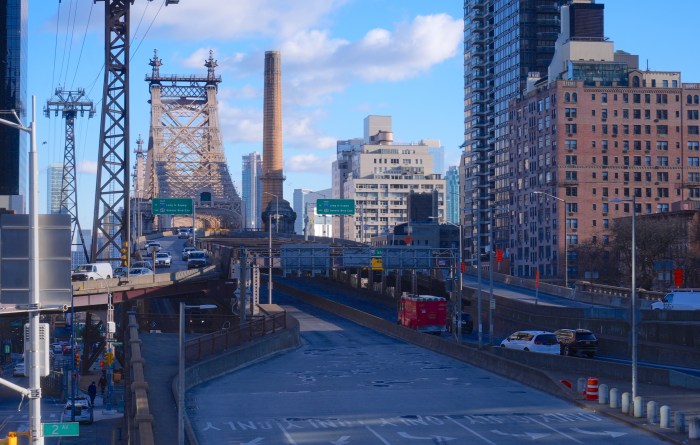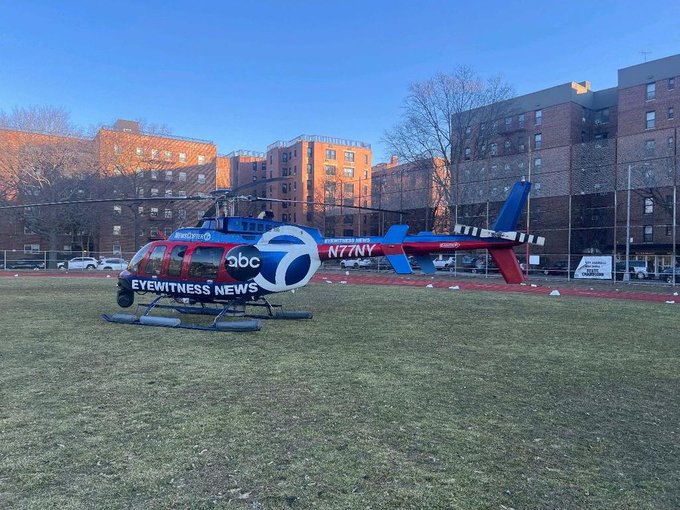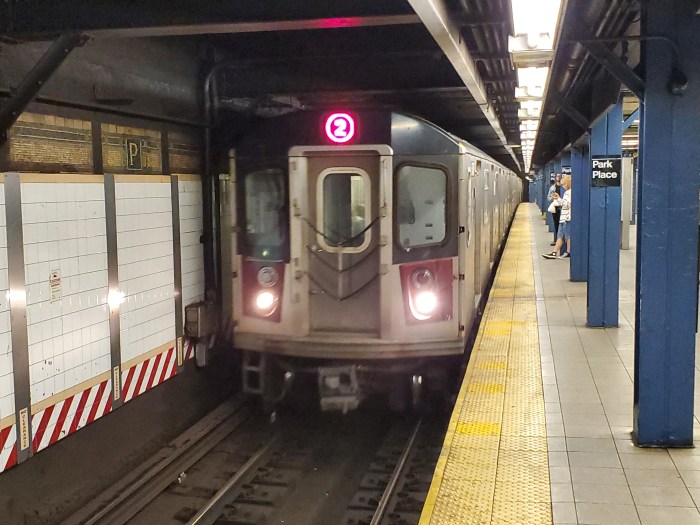
The MTA will be adding more than 1,000 new subway trips throughout the workweek to accommodate displaced riders during the 15-month L train shutdown beginning in April.
The authority finalized plans Monday to spend more than $27 million to boost service on six lettered lines neighboring the L — the A, E, F, G, J/Z and M lines — where the majority of displaced riders are expected to flock once L service into and through Manhattan ceases.
NYC Transit President Andy Byford said the service increases will bring the lines to capacity during rush hours to help serve the roughly 225,000 daily L riders who now rely on the line to get between Manhattan and Brooklyn. Additional subway service is one of several ways the MTA will try to keep the city moving during the shutdown; plans include new bus shuttles, a 14th Street busway and a temporary ferry route connecting the boroughs.
“The L tunnel reconstruction project will be the most impactful Superstorm Sandy-repair work we will undertake and as such, we must ensure we have viable, reliable alternatives particularly on the subways where we can accommodate the largest number of riders,” said Byford in a statement.
The additions mean that during peak hours, trains will be scheduled to be run every 4.2 minutes to every 6.8 minutes, depending on the line. The service changes will take effect in April of next year.
“We will be adding more than a thousand roundtrips each week and pushing our resources to capacity, which is also why you’re seeing so much preventive maintenance and repair work on all these lines already — we are making these lines as reliable as possible for these new service levels starting in 2019,” Byford continued.
The G and M trains will see the largest increase in service during weekdays. The G, which will also get longer eight-car trains, will see 66 new roundtrips and average rush-hour waits of 4.2 minutes — down from 7.9-minute waits today. The M will see 62 additional roundtrips to bring wait times down from 7.9 minutes during the morning rush hour to 5 minutes.
There are, however, a few caveats.
Some peak G trains will only operate between Court Square and Bedford-Nostrand Avenues, while others will continue running to 18th Avenue of the F line due to capacity restrictions at the G’s Church Avenue terminus. During overnight maintenance on the M’s Queens Boulevard line, M service will operate between Middle Village-Metropolitan Avenue and 96 Street-Second Avenue stations from 10 p.m. to 5 a.m.
The service additions also come with subtractions. To support the new M trips on Queens Boulevard, the MTA will have to cut three R trains from service. Two trips originating in Queens each morning will be slashed, and one trip beginning in Brooklyn during the evening rush will be cut. The reductions were planned to ensure that Bay Ridge R train riders won’t see fewer trains during their commutes.
L service will also be slashed due to capacity constraints at Bedford Avenue, which will serve as the line’s temporary western terminus. There will be 88 fewer L trains operated during weekdays between the Bedford and Canarsie-Rockaway Parkway stations, with the biggest hits to service planned for off-peak hours — average midday and evening waits will increase from around 4.7 minutes to 7.5 minutes
The MTA announced last month that it will also increase service on the 7 line for the shutdown. That line’s boost is dependent on the installation of its new, modern signaling system that is slated to be completed next month — delayed and over-budget.




































